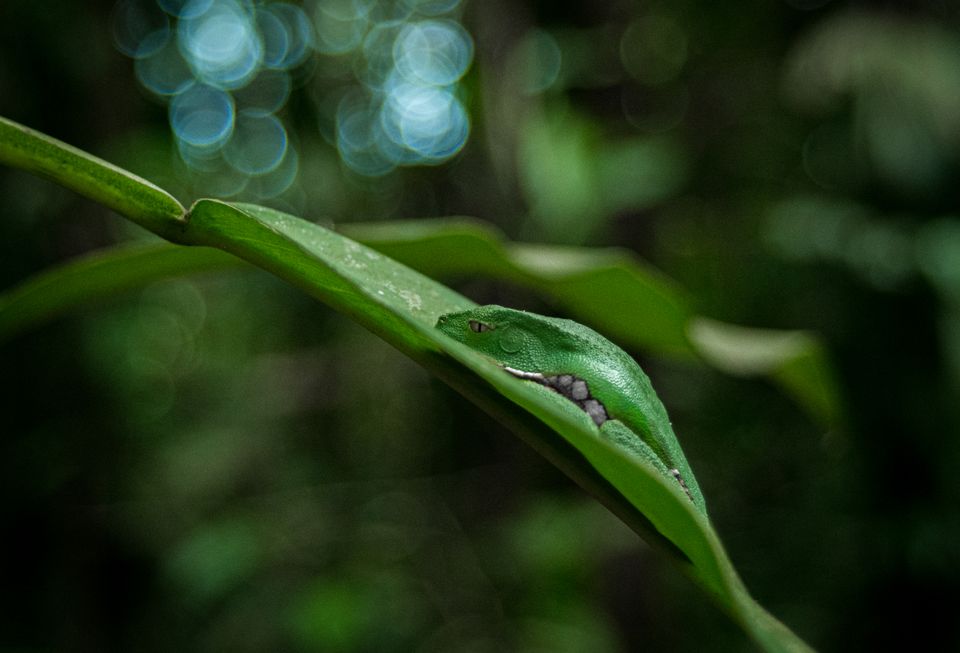When a Farm Is a Forest

LISTENING: to the people around me speak in Portuguese, a language I don't understand
FEELING: hot and sweaty
SEEING: the coral paint of a cheap hotel wall chip away
I've been writing this in pieces — in the car, in the jungle, in the hotel. I'm in Brazil. It's my first time here. I've written so many stories about this place, but I've never set foot on this land. It's wild to think that, despite what I do know, there's an endless amount I don't.
You can't really know a place until you've been there: until you see how the sun rises, until you hear the music blast from their speakers, until you taste its food. I'm in Irituia, a community in the northern part of Brazil, not far from the Atlantic and surrounded by the lifeways of the Amazon: its rivers.
Here, the locals are used to seeing toucans and Amazon river dolphins. I have yet to see either. I have seen monkeys (no idea what species, unfortunately), parrots (also no idea of the species), and the many stray dogs and cats I instantly fall in love with upon a tail wag or a meow.
Anyway, I'm here to learn about the land. Literally. I'm meeting with traditional farmers in Pará, a Brazilian state I've written about after a massacre and a landless farmer was killed. Today, I'm writing about farmers again — but ones who are learning the mechanics of agroforestry. Do you know the word? The magic behind the practice?
Agroforestry is about the possibilities born when you feed a people and re-grow a forest all at once.
Welcome to Possibilities, a creative climate newsletter on the possibilities that lie where crisis meets community. I’m Yessenia Funes, a stranger to this land.
I'm learning about how cotton is grown through agroforestry. The farmers here — many of whom are from traditional communities whose ancestries are a blend of formerly enslaved people, Indigenous people, and colonizing people — are growing cotton next to crops like acai and banana and yucca. The plants all work together. Some are on the plot to provide nutrients. Others, to provide shade.
As news is out that deforestation in the Amazon is down by 60 percent compared to last year, I can't help but wonder about the role agroforestry plays.
The families are selling their organic cotton to VEJA, a sneaker company that is attempting to build a new system for fashion supply chains. The company is working with FarFarm, a strategy-based agricultural operation that is investing in Brazilian small-shareholder farmers who want to feed their families and regrow the forest.
Instead of burning the forest, they are regenerating it.
They don't use chemicals that sicken the land and the workers. They rely on the plants themselves to help one another. There are no weeds — only biomass. Ants aren't pests — they are an indicator that what they're growing is sweet and lush.
I spoke with Alexandre Caique Costa e Silva, one of FarFarm's lead trainers and agroforestry experts, to let him define agroforestry — and what this form of agriculture can mean for the land and its people.
The interview is only for paid subscribers, so be sure to upgrade your membership if you want to hear the wisdom Caique has to share.

